How countries around the world celebrate the spring equinox
Anna Tobin
16 March 2018
Welcoming spring around the world
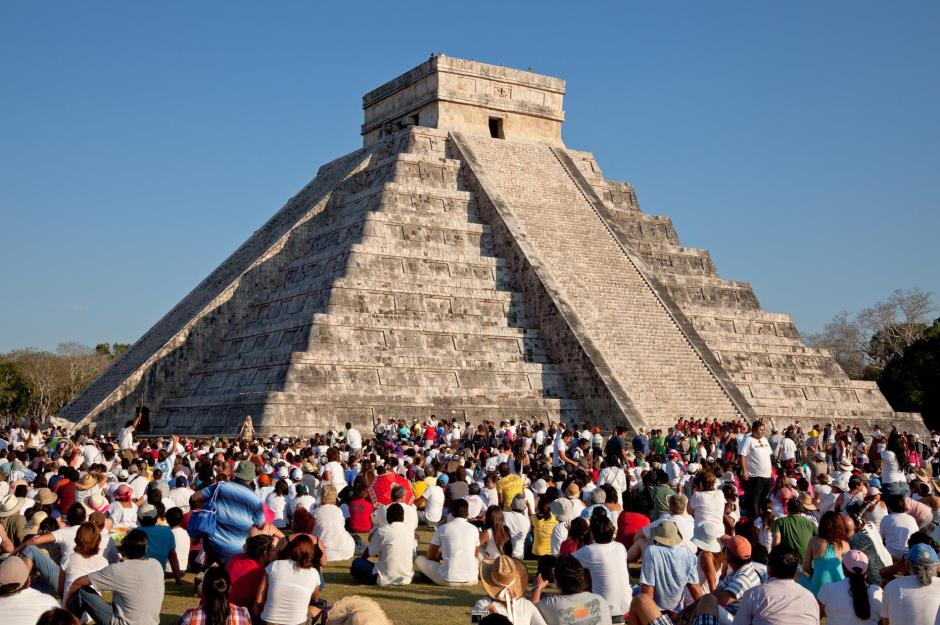
Borna_Mirahmadian / Shutterstock.com
The spring equinox, also called the vernal equinox, marks the official start of spring in the northern hemisphere. It is the day that the sun crosses the equator as it moves from the Southern to the Northern Hemisphere. As a result, on this day, day and night are of equal length. This year the spring equinox falls on March 20. We take a look at the many different ways that this occasion is celebrated around the world.
Druids, Pagans and Wiccans gather at England's Stonehenge
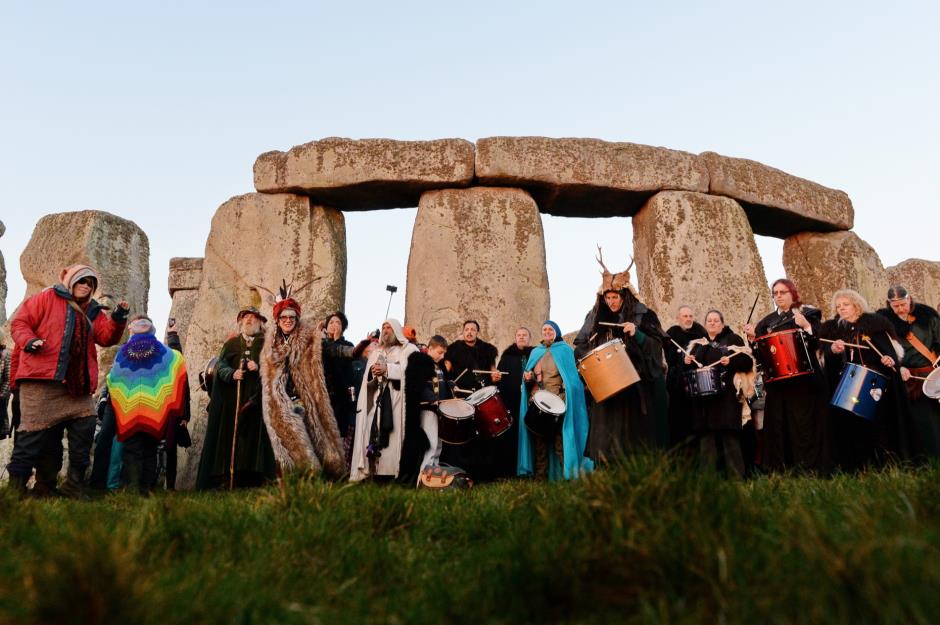
1000 Words / Shutterstock.com
Druids, Pagans and Wiccans, who draw on beliefs from a variety of ancient religions that revere nature, will gather at dawn on March 20 at Stonehenge in the west of England. They will watch the sun rise above the ancient ring of stones thought to have been placed there 5,000 years ago. They call this spring equinox festival Ostara and celebrate it by drinking dandelion and burdock cordials, which they believe cleanses the blood, and playing ancient musical instruments.
Surfs up in Gloucestershire, England

Ben Birchall/PA Archive/PA Image
A part of the River Severn, the Severn Bore in Gloucestershire, England, has its highest tides at the times of the spring and autumnal equinoxes. Waves can reach up to four foot high at these times of the year and surfers flock here from all over the UK during the spring equinox in the hope of catching these incredible waves.
The spring equinox marks the start of the new year in Iran
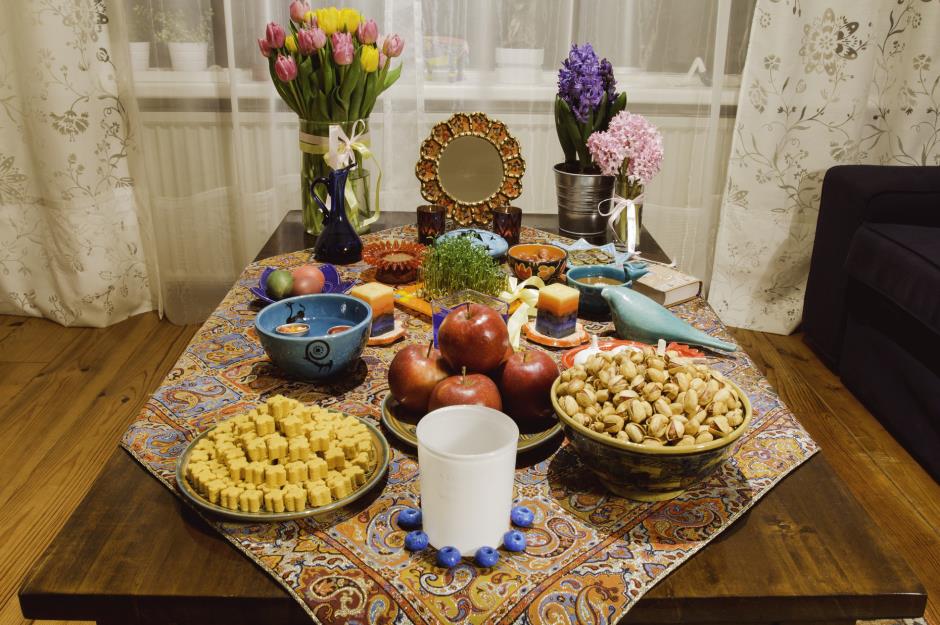
Youshij Yousefzadeh/Shutterstock
The fortnight-long Persian festival Nowruz begins at the spring equinox. It is a celebration of rebirth and has its roots in the ancient religion of Zoroastrianism, which was founded over three thousand years ago. Nowruz also marks the Iranian new year and on the day of the equinox Iranians prepare the Haft-Seen table, shown here. It features a variety of foods that symbolise beauty, good health, patience and prosperity, as well as spring flowers and sprouting seeds that symbolise rebirth.
Wheat is the star of the show in Uzbekistan
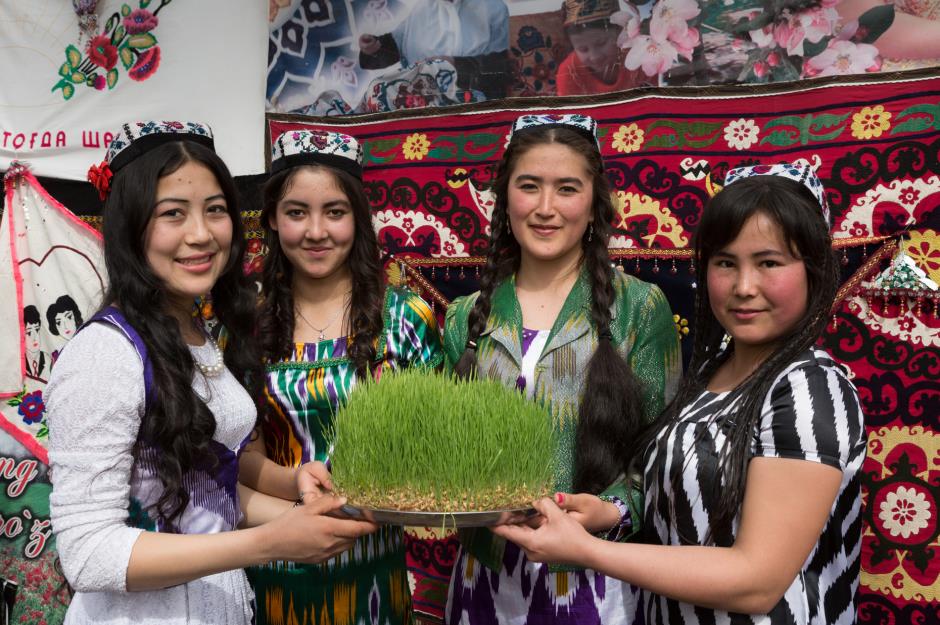
Vladimir Goncharenko / Shutterstock.com
Persian new year is also celebrated at the time of the spring equinox in Uzbekistan. Known here as Navruz it is one of the most eagerly anticipated holidays of the year. To celebrate the wonders of nature, people display sprouting grains of wheat, as shown here, and they eat a dish called Sumalak, which is made from germinated wheat and takes a whole night to cook. It's also traditional to play games with family and enter sporting competitions on this day.
Bonfires are lit in Turkey
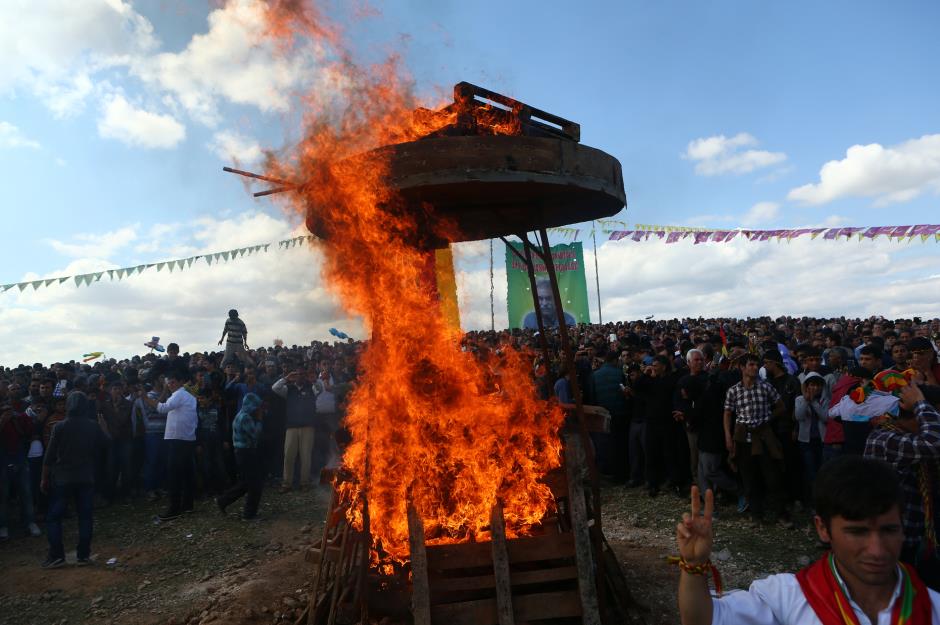
ymphotos / Shutterstock.com
Kurds also celebrate their new year at the spring equinox. On the eve of the equinox, Kurds in Turkey light bonfires to symbolise the passing of the dark winter season and the arrival of the light spring season. On the day itself they wear new clothes, gather spring flowers and sing, dance, recite poetry and smash pottery for good luck. Many urban families will make a special trip out to the country to be at one with nature and see the first shoots of spring.
In for a treat in Afganistan

Xinhua/SIPA USA/PA Images
The Zoroastrian festival of Nowruz is also celebrated in Afghanistan at the spring equinox. A drink made up of seven fruits and nuts is traditionally drunk on this day and cookies are baked and enjoyed in abundance. These goodies are often packed up for a picnic and taken out to be enjoyed in the countryside prior to a spot of kite flying, the Afghans' favourite pastime.
Games are played with a goat carcass in Kyrgyzstan
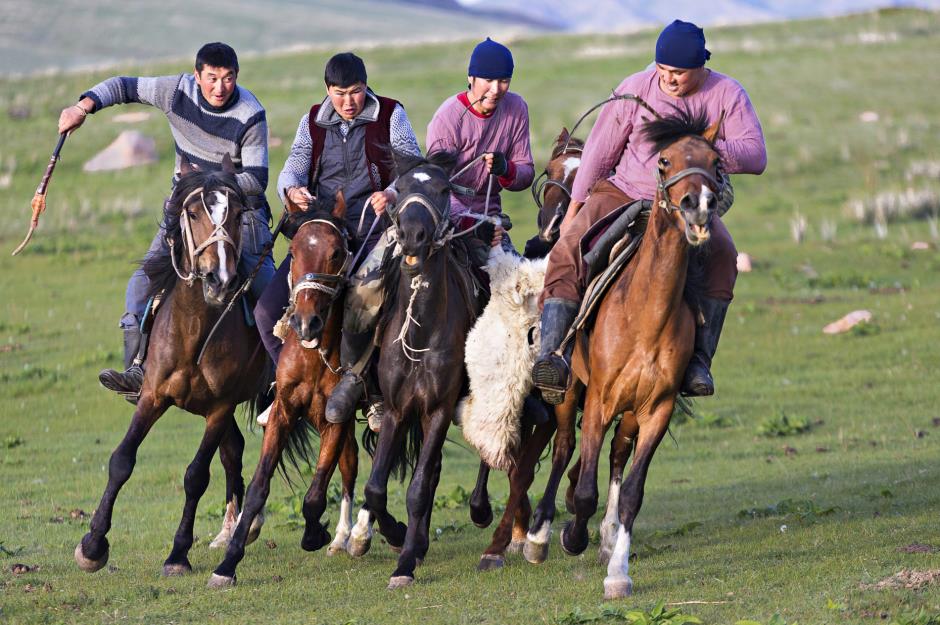
MehmetO / Shutterstock.com
One of the games that people in Kyrgyzstan play on the spring equinox of Nowruz involves riding on horseback while trying to grab the carcass of a goat from your opponents and scoring a goal with it. They also burn juniper branches, which they believe will rid their homes of bad spirits, and enjoy big family gatherings.
Torches are lit in Iraqi Kurdistan
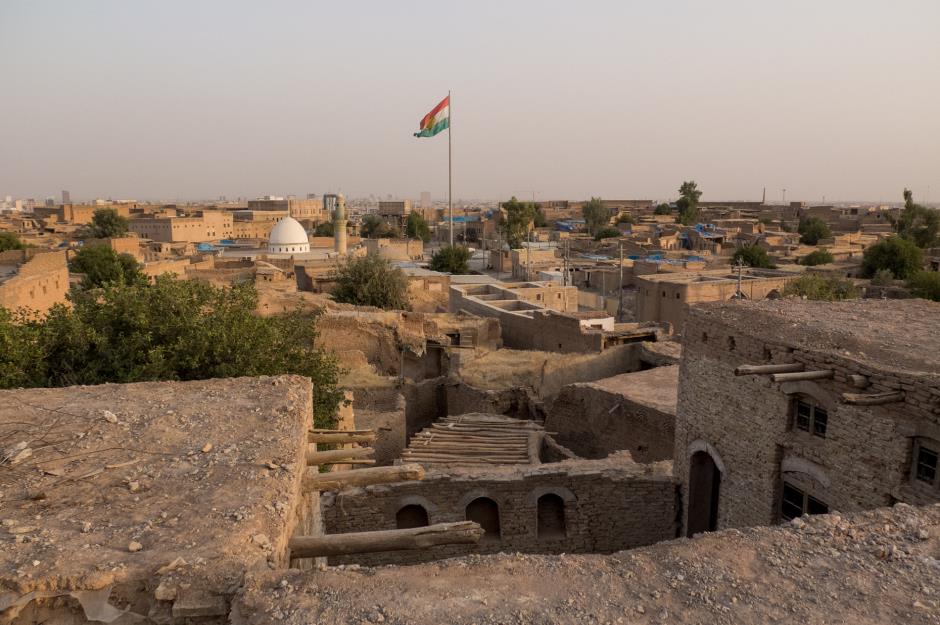
Paolo Paradiso / Shutterstock.com
The spring equinox is called Newroz in Iraqi Kurdistan. People clean their houses from top to bottom, dress in vibrant-coloured clothes and picnic and barbecue in the countryside amongst the first shoots of spring. As dusk falls, Iraqi Kurds carry torches of fire and light fireworks and take part in a traditional dance called the dabka.
Persian new year makes it to Pakistan
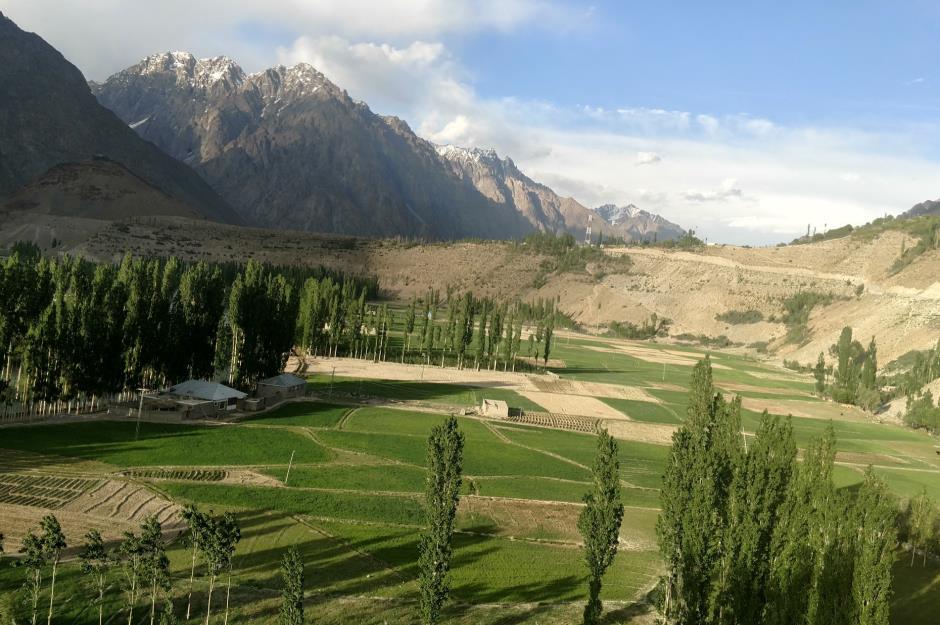
Mairee992/Shutterstock
The lush green region of Gilgit Baltistan is the focus for the Nowruz celebrations in Pakistan. Celebrations begin at dawn, when people dress in their finest, most colourful clothes, visit relatives and then tuck into a traditional meal. The local children then play a game with brightly-coloured boiled eggs. The eggs battle each other and the winner is the owner of the egg that fails to crack. Polo matches are also played.
Eggstreme games played in China too
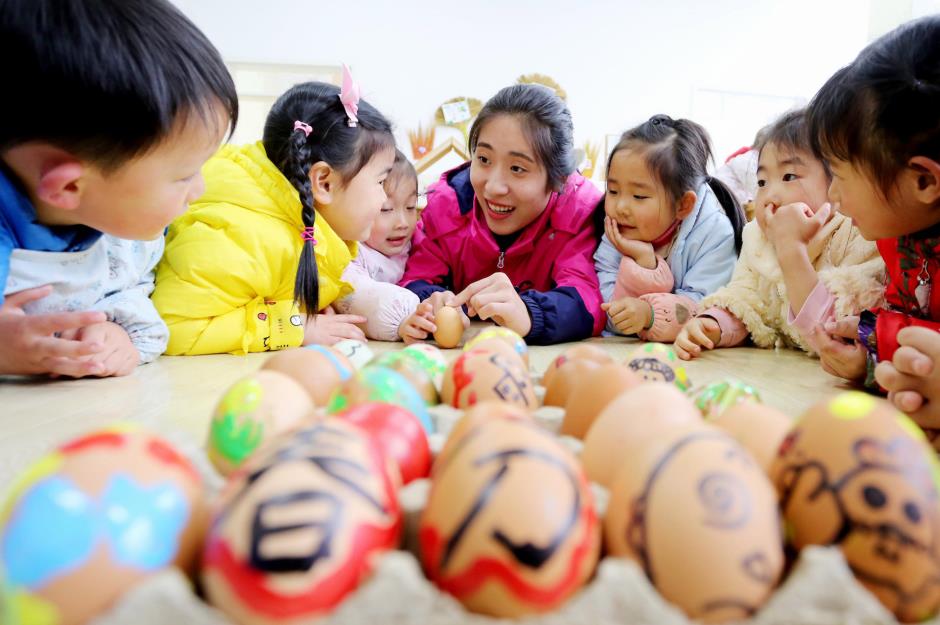
Xinhua/SIPA USA/PA Images
On the spring equinox all over China people play the egg standing game, where anyone who can get an egg to stand upright at this time is said to bring good luck upon themselves. This game is said to have been played at the time of the spring equinox in China for 4,000 years. These kindergarten children have decorated their eggs in preparation for the game, which is trickier than it sounds.
The cows in China are in for a spring treat
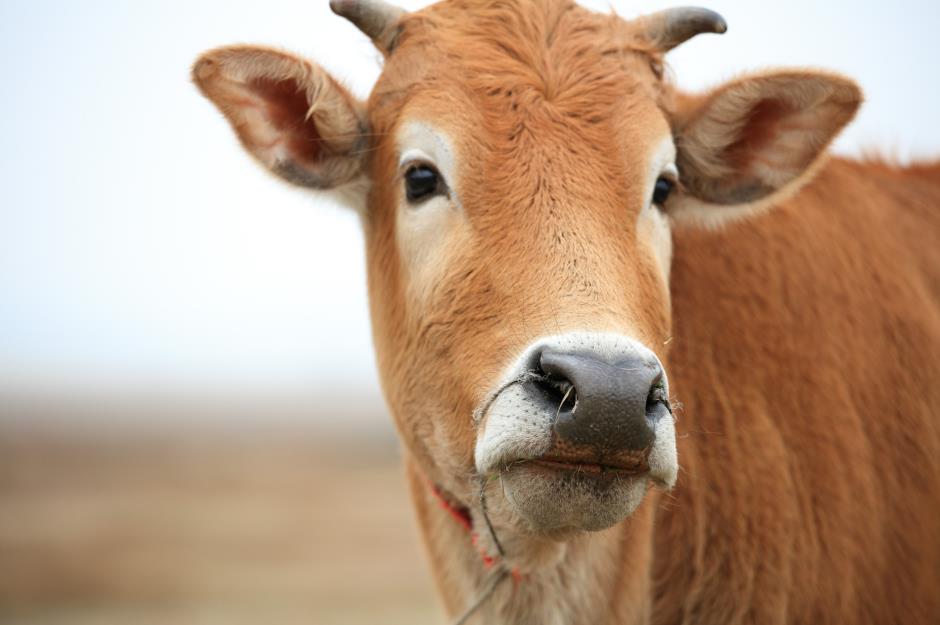
humphery/Shutterstock
Spring marks the start of a busy period for Chinese farmers and at the spring equinox those working close to the Yangtze River reward their cattle with sticky rice balls to express their thanks to them. They also look out for wild geese flying overhead, as they are said to fly back to the north in the first five days of spring.
In Japan they celebrate Shunbun No Hi
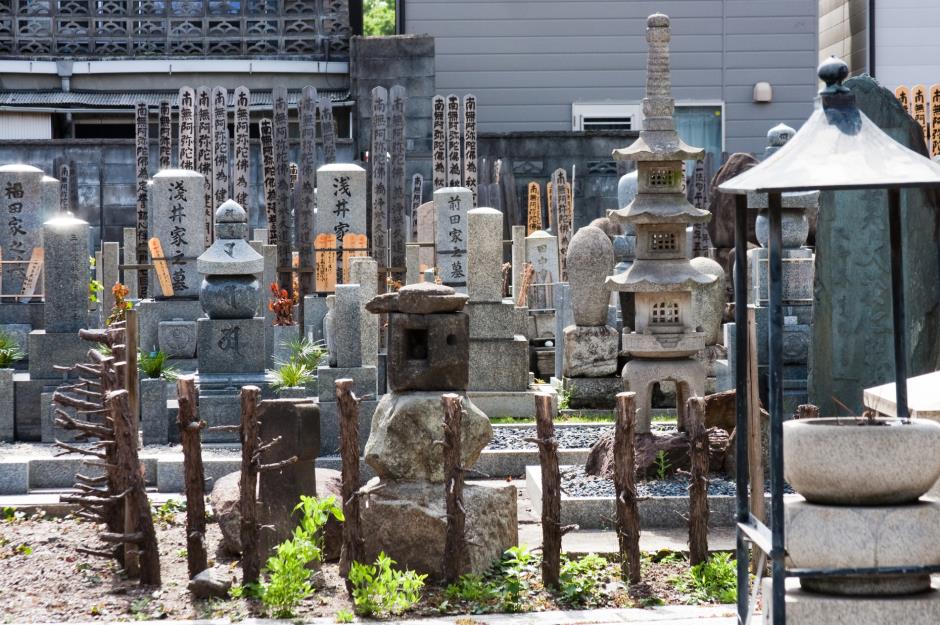
Hinochika/Shutterstock
On the spring equinox, or Shunbun no Hi as it is called in Japan, Japanese people visit the graves of family members and they replace the flowers around the burial sites, clean the graves and leave offerings of incense to console ancestral spirits. The festival goes on for a week and during this time there are lots of family gatherings where everyone tucks into botamochi, a sweet mashed rice ball wrapped with azuki bean paste.
Seeds take root in Sicily
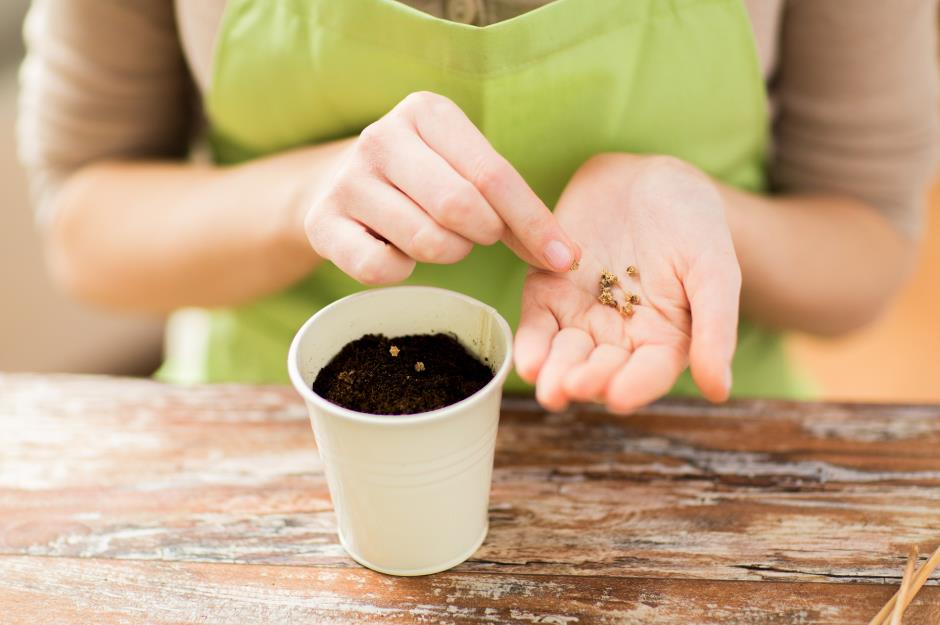
Syda Productions/Shutterstock
Legend has it that in ancient Italy on the day of the spring equinox women went to the Gardens of Adonis and planted seeds to symbolise new growth and rebirth. This custom still lives on in the southern Italian island of Sicily. Here women plant pots and baskets with seeds of grains, vegetables and flowers. When they start to grow they then tie the stalks with red ribbons and put them on graves on Good Friday to show that life will always win over death.
It's time for the drowning of Marzanna in Poland
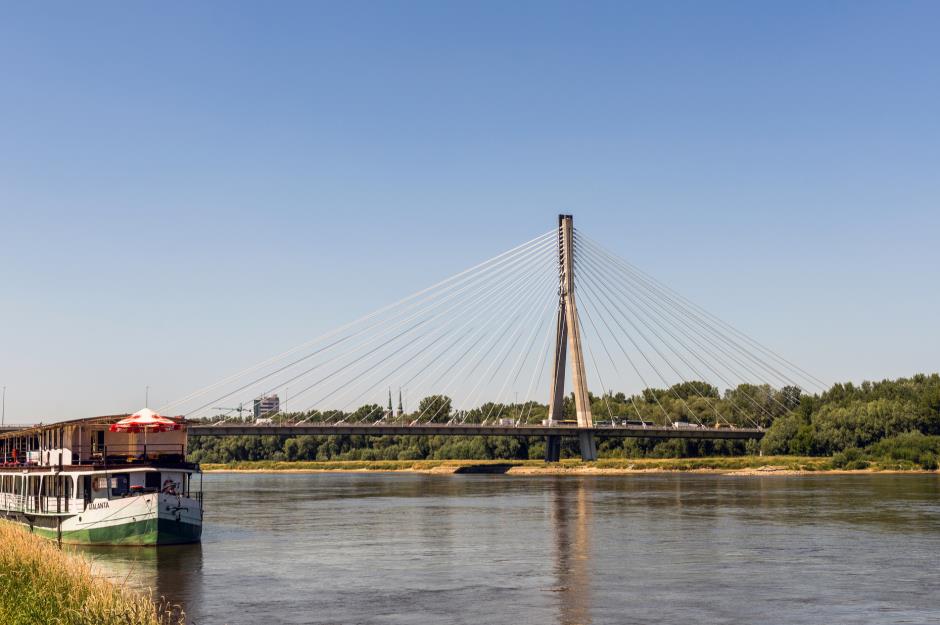
Pawel Szczepanski / Shutterstock.com
The winters are particularly harsh in Poland and so spring is welcomed with glee. Poles do this by symbolically burying winter. The children make straw effigies of Marzanna, the ice maiden. They dress her in a wedding dress and put a wreath on her head and then they throw her into a river or lake or set her on fire. When she is gone they collect flowers and branches and decorate them with ribbons and beads to welcome in the new season.
America celebrates Persian new year with a parade
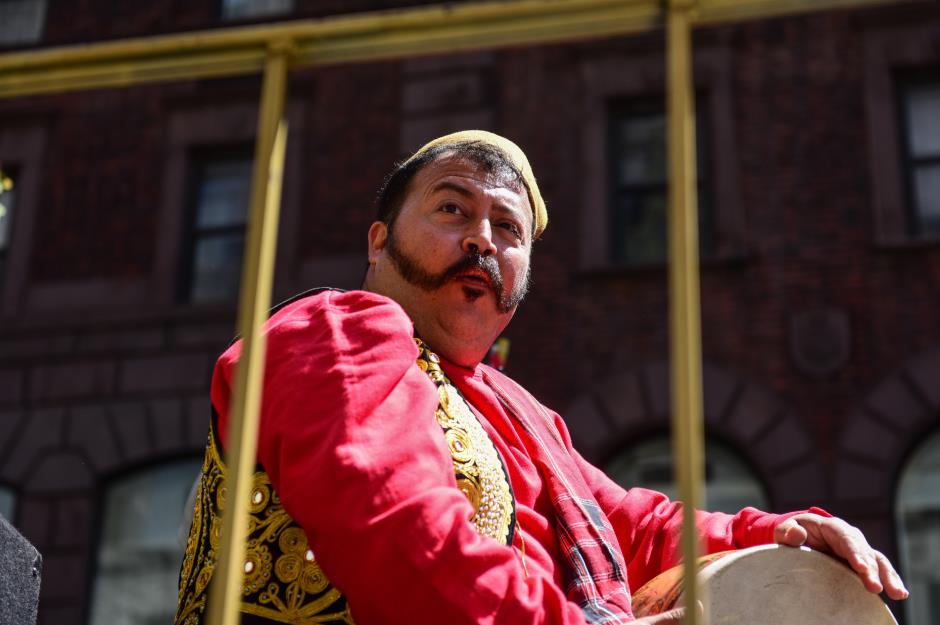
a katz / Shutterstock.com
The Persian new year is also celebrated by the large Persian communities in America at the time of the spring equinox. This year will mark the fifteenth annual Persian parade marching through New York City. The parade runs along Madison Avenue and culminates in a street fair. It attracts a crowd of up to 200,000 people.
A feathered serpent makes an appearance in Mexico
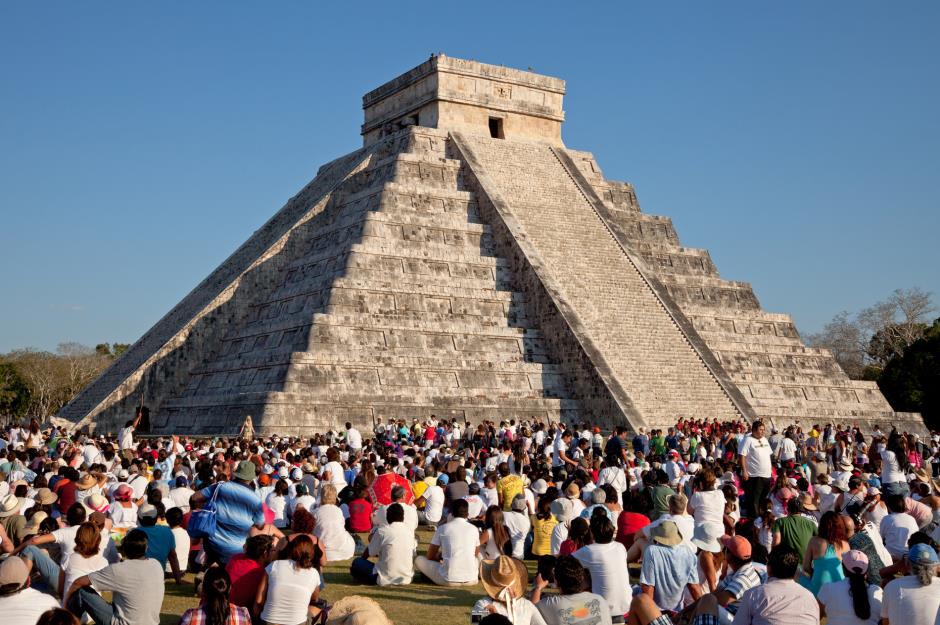
Borna_Mirahmadian / Shutterstock.com
The Pyramid of Kukulcan, built in honour of a feathered serpent god in the ancient city of Chichen Itza, Mexico, dates back to 1050 BC. Every year on the day of the spring equinox hundreds of people gather to watch triangular shadows cast themselves onto the sides of the structure's northern staircase, giving the illusion that a feathered serpent is ascending. Following the display the locals party, release butterflies and enjoy traditional local treats.
Prepare to climb the Pyramid of the Sun in Mexico
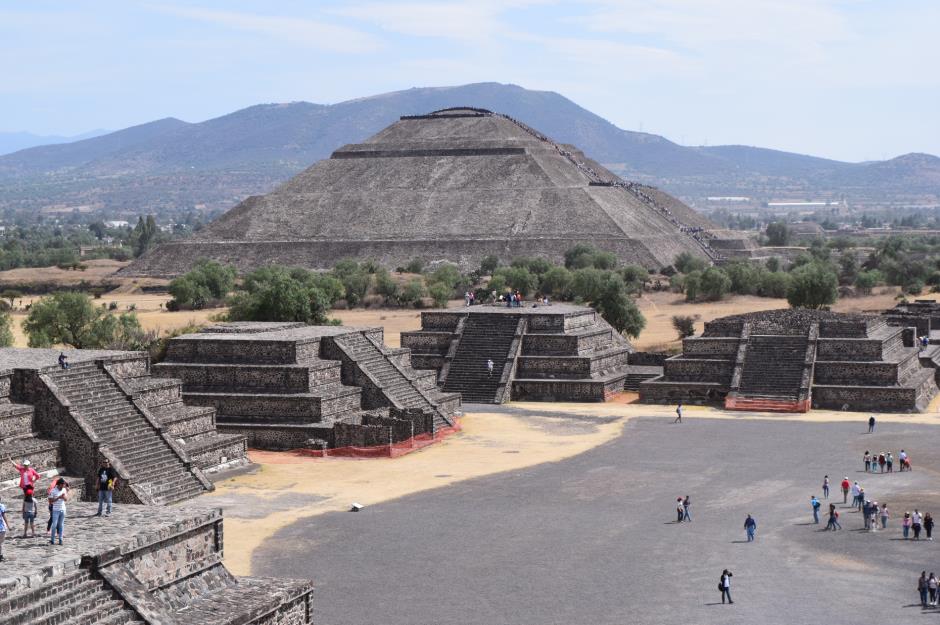
Hayley Stainton/Shutterstock
The archaeological site of Teotihuacan is another ancient Mexican wonder that hundreds of thousands of pilgrims flock to every year for the spring equinox. Dressed all in white, they climb the Pyramid of the Sun in the Mayan city. Once at the summit they engage in ancient performance rituals that they believe will help them to receive the special energy that emits from the sun on this day.
Watch the stones align with the sun in Scotland
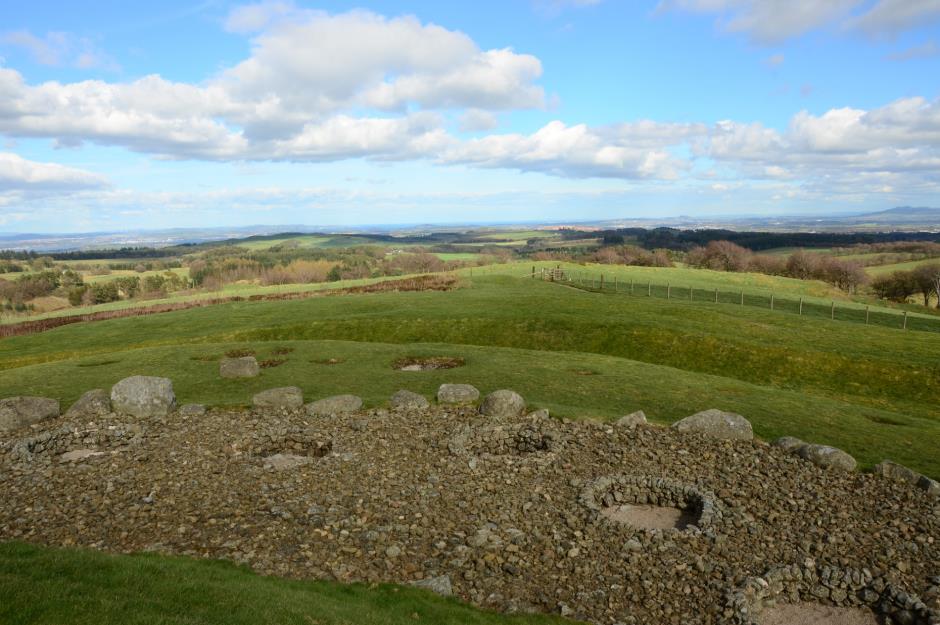
alanf/Shutterstock
Cairnpapple Hill is one of the oldest sacred sites in Scotland. It dates back to 3800 BC and the ancient stones that lie there line up perfectly with the sun at sunrise on the spring equinox. Although not as popular as it probably was in ancient times, people still arrive at sunrise to witness the sun line up with the stones.
Witness a spiritual solar alignment in Cambodia
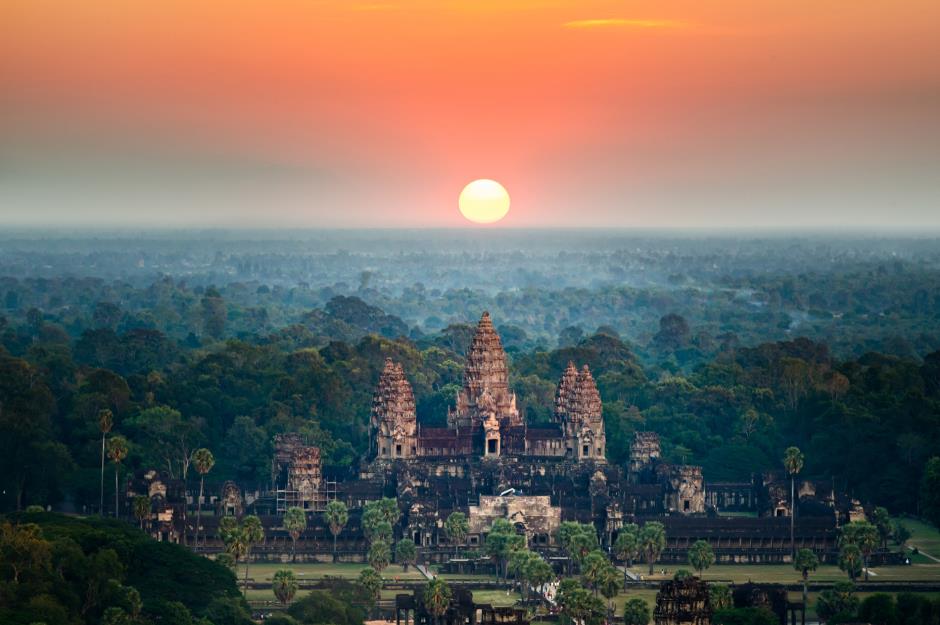
Intarapong/Shutterstock
Angkor Wat in Cambodia is one of the largest temples in the world, covering around 400 acres. At sunrise on the day of the spring equinox the sun rises dead centre over the top of the central tower of the temple. Tourists come from all over the world to witness this spectacular solar alignment and marvel at how the creators of the temple, which is over 900 years old, could get the design so precise without the aid of modern technology.
Czechs celebrate Slavic traditions
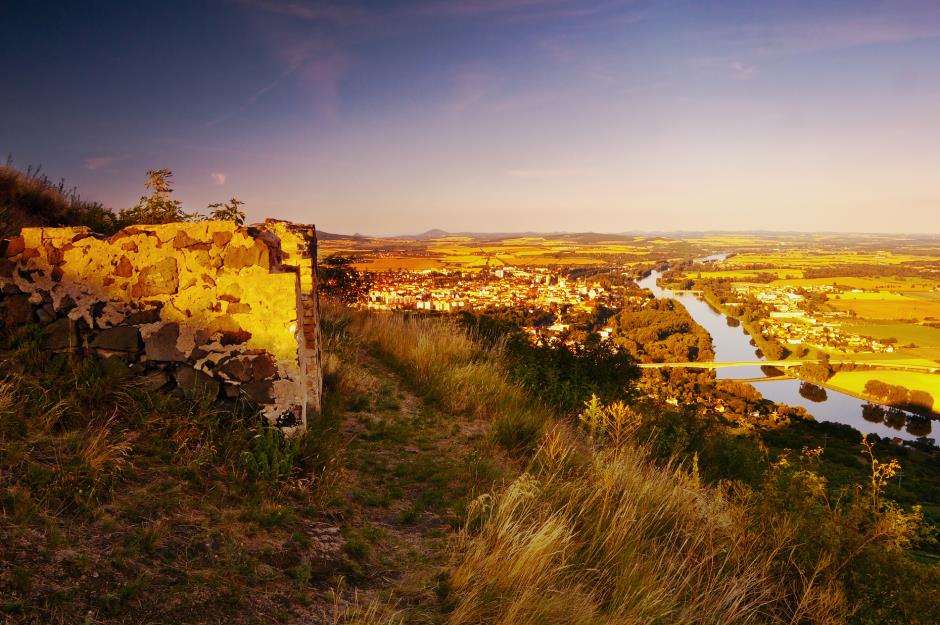
Jiri Igaz/Shutterstock
People in Litomerice in the Czech Republic get together at the time of the spring equinox to revive the ancient Slavic tradition of Provoda. A party atmosphere descends as night draws in and local traditionalists light bonfires to give thanks, they also create small alters and consume traditional local food and drink.
Visitors will flock to Malta's ancient monument
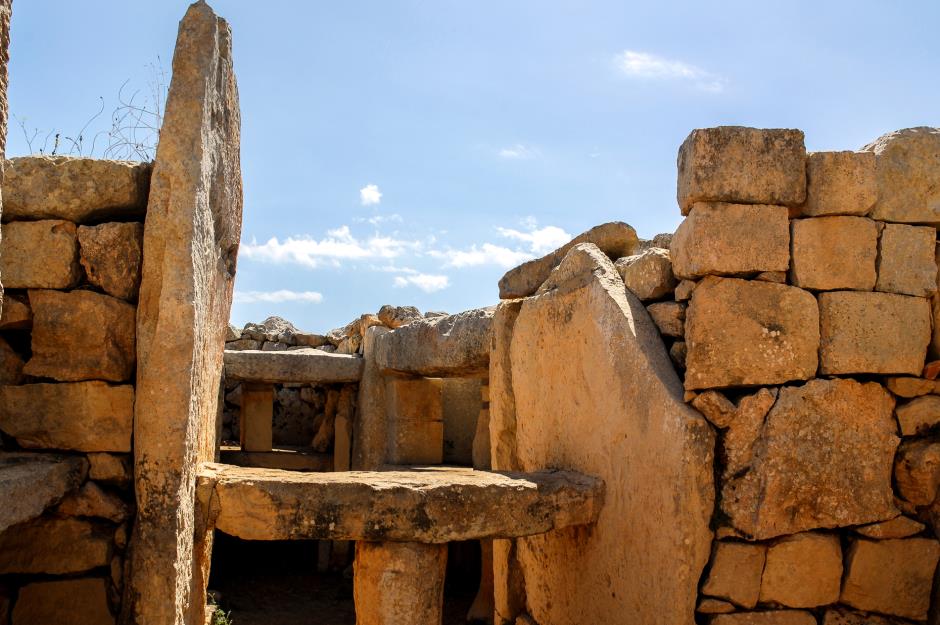
calix/Shutterstock
The Mnajdra Temples on the southern coast of Malta are said to date back to 3600 BC. A decorative doorway to one of the structures exactly marks the position of the sun at the time of the spring and autumnal equinoxes. People come from all over the world to witness this solar wonder at both points of the year.
Belarusians welcome the birds
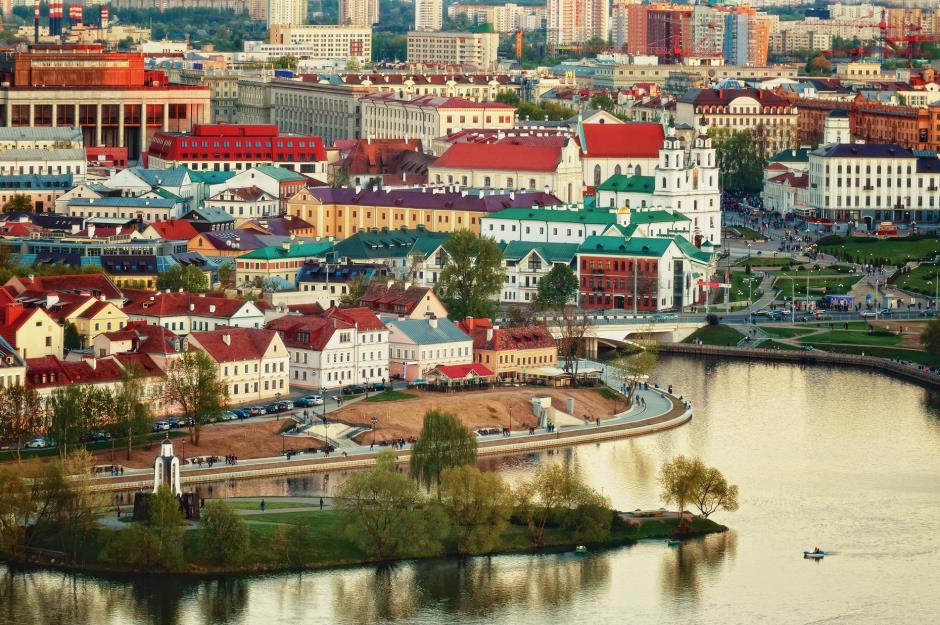
karp5/Shutterstock
In Belarus the spring equinox symbolises the arrival of spring to the country and the return of birds to their homeland. To welcome their winged friends back Belarusians decorate trees with ribbons and paper birds. They also bake bread formed in the shape of birds and then take them outside and throw them up into the air.
Siberians make a lot of noise for spring

Mainagashev/Shutterstock
Siberians celebrate what they call Nauryz by cleaning their houses and making peace with everyone. They also beat drums to say goodbye to winter and to symbolise the renewal that comes with spring. Following this there are lots of family get-togethers where everyone enjoys traditional food and drink and gets involved in competitive games.
Get scrambled in Bosnia
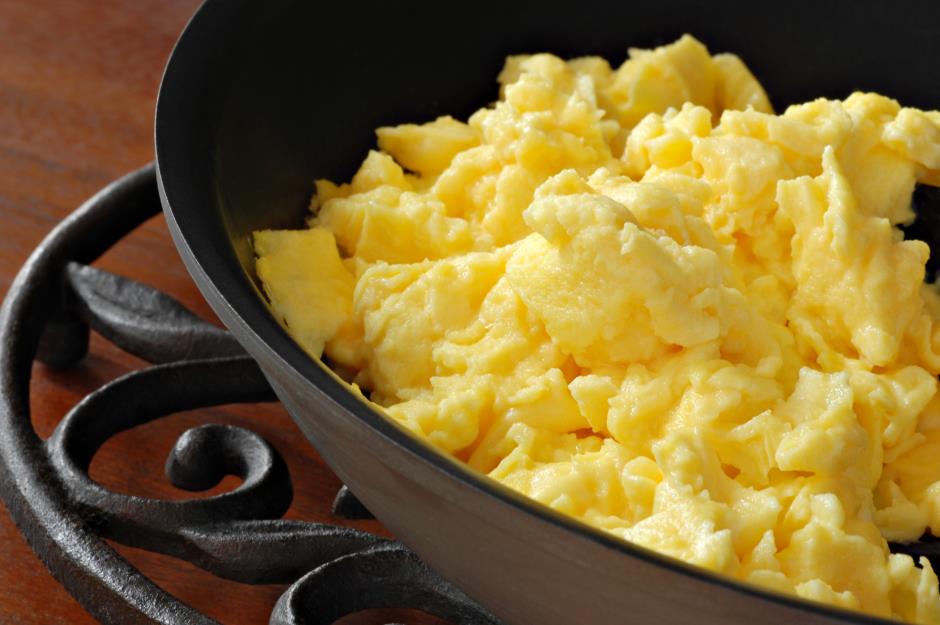
Marie C Fields/Shutterstock
Eggs dominate the first day of spring celebrations in the Bosnian town of Zenica. Cimburijada, or the Festival of Scrambled Eggs, has been celebrated here for hundreds of years. As the egg symbolises birth and the new growth of spring, vast quantities of scrambled eggs are cooked on large pans in the streets of the town and hundreds of locals and tourists gather at dawn to breakfast on this eggy delight.
Portugal's secret equinox treasure

inacio pires/Shutterstock
The Cromlech of Almendres in Portugal is one of the oldest megalithic complexes in the world. It was discovered in the 1960s and features 95 elliptical stones, many of which are engraved. It is thought to be a primitive astronomical observatory. As it is hard to access it receives very few visitors, but there are some people who still feel that it is a spiritual place and will make the trek here to perform a series of rituals as the sun rises on the spring equinox.
Days of street parties precede the equinox in Valencia, Spain
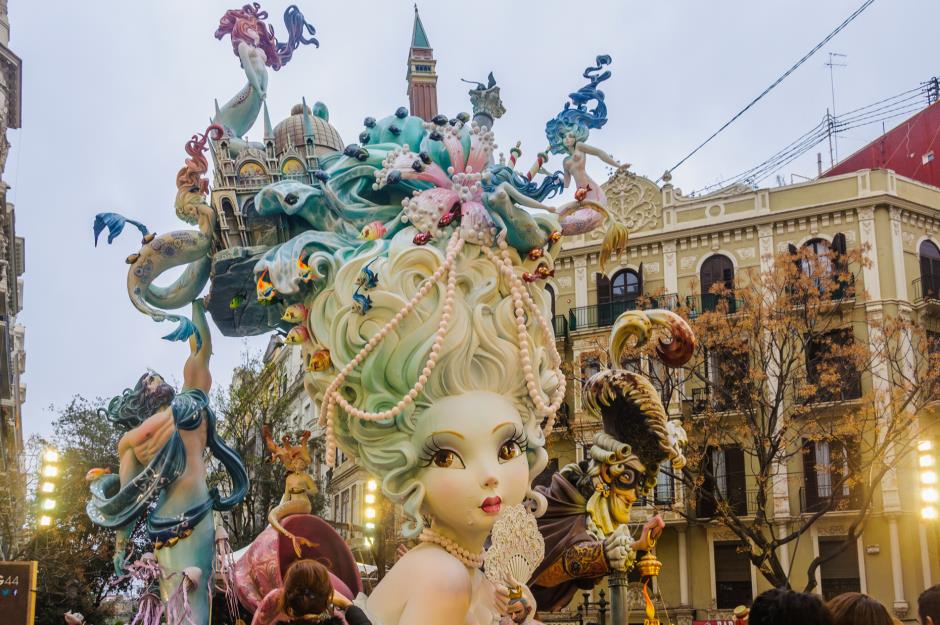
Gabor Kovacs Photography / Shutterstock.com
The Las Fallas festival in Valencia, Spain takes place in the week leading up to the first day of spring. Festival goers don Medieval-style clothing and parade huge paper-mâché figurines filled with firecrackers through the streets. Every evening fireworks fill the sky and on the eve of the first day of spring the figurines are sent up in flames. Up to three million people descend on Valencia for the celebrations, more than trebling its population.
Things get colourful in India
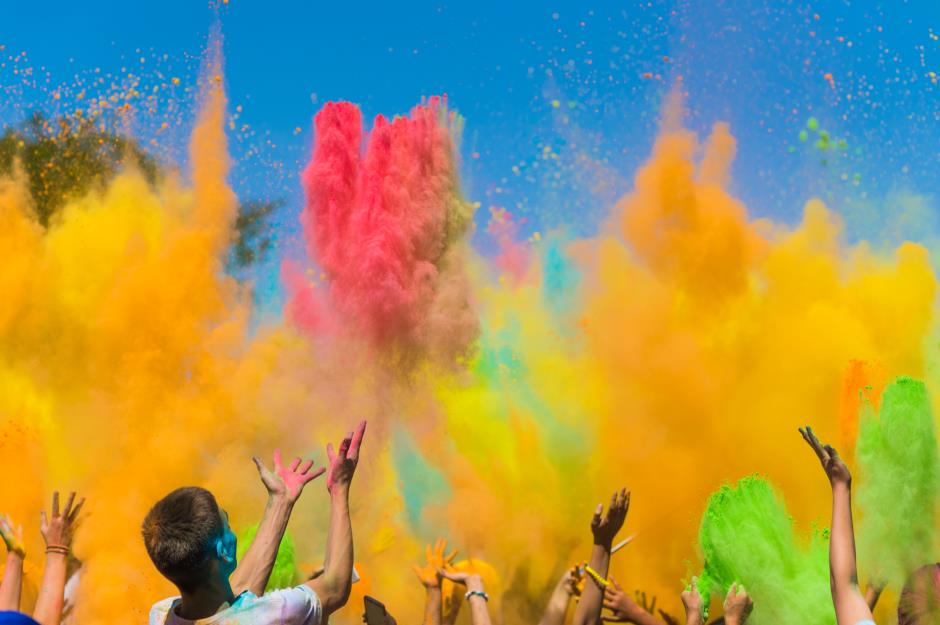
Mikhail Klyoshev/Shutterstock
The Hindi festival of Holi marks the arrival of spring and is celebrated very close to the spring equinox. In this joyous festival revellers in India throw vibrant coloured powders at each other and then throw water over each other in celebration of fertility and love. They also burn wood and dung cakes to symbolise the triumph of good over evil.
Nepal brightens up too
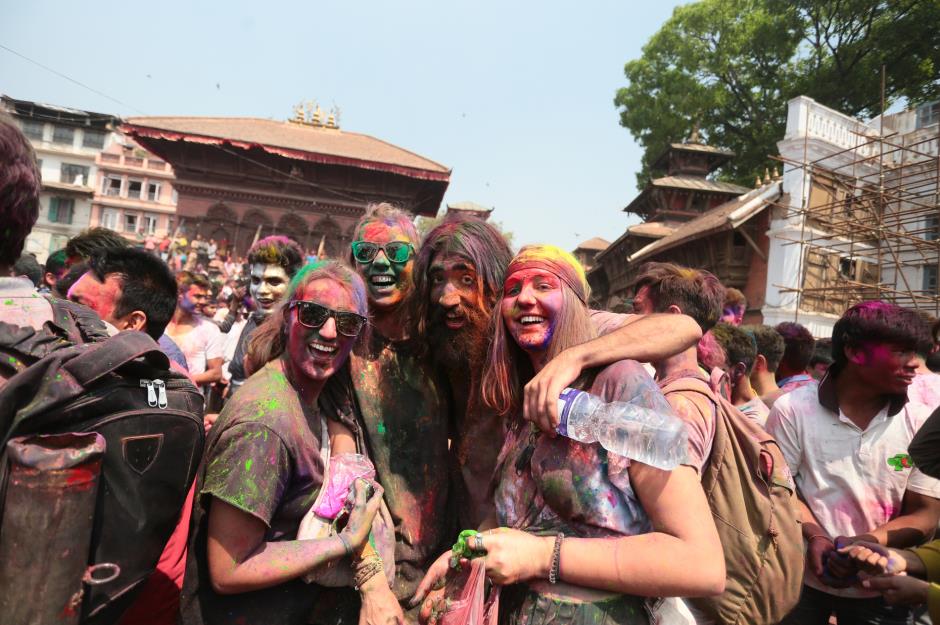
udeyismail / Shutterstock.com
Holi is also celebrated in Nepal to welcome in spring. Tourists now come from all over the world to be covered in colour, while the local kids liven things up further by spraying everyone with water pistols and throwing water-filled balloons. People also paint their faces with decorative patterns and party till late.
Preparations begin for passover in Israel
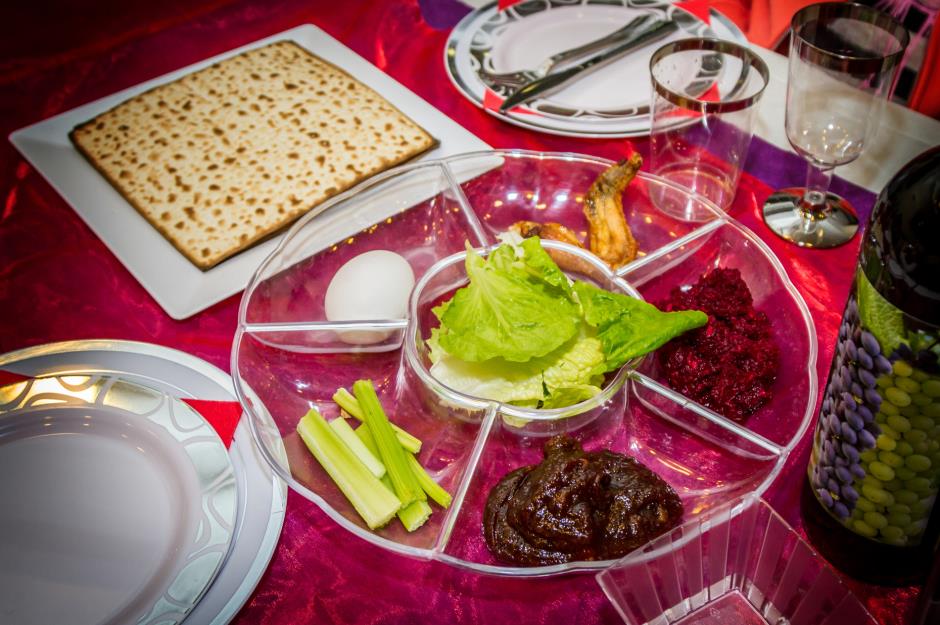
alefbet/Shutterstock
Although the Jewish festival of Passover doesn't fall on the day of the spring equinox, its timing is largely determined by it. It is calculated according to lunar cycles and, unless it is a Hebrew leap year, it begins on the night of the first full moon following the spring equinox, which this year is March 30. Ritual food eaten at Passover includes a hard-boiled egg.
Comments
Be the first to comment
Do you want to comment on this article? You need to be signed in for this feature